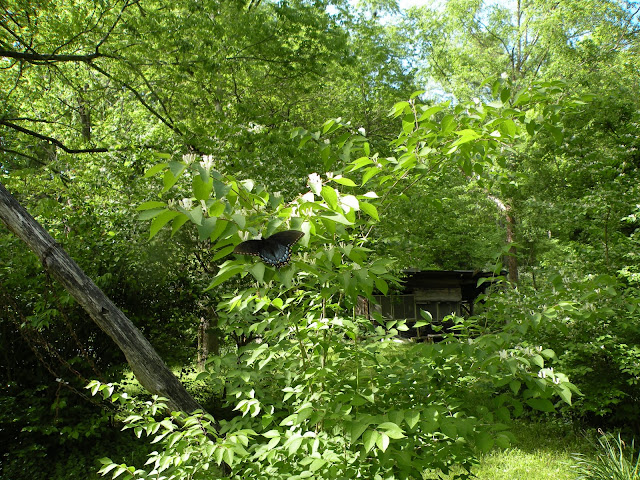








A site for sharing ways to protect the watershed that supplies your drinking water and habitat for wildlife and native plants and innumerable types of outdoor recreation.
| From: | |
| Sent: | Thu 6/03/10 10:56 AM |
| To: | aubreyshepherd@hotmail.com |
Having trouble viewing this email? Click here http://campaign.constantcontact.com/render?v=001qTUVg_-IEA719PeT8TJ5WBDHuUW24gf_kQEVPcXnJvQgZgy_EsROA7qeagZTypC__G088Lpyo9QjLEqIgc707kSUT46U4kzEOoiCQstZdCO-8TLq8JPGNAlSDWSa81IhaUbgK6wMECAcj02LT8DOtSR7kbqQa7Sd5vuynSwSVbJTcpFdc8bahO3rHEXFp8UGJ_bT1jJaVjP3aWbMQHojuafEYbLb_2dJYhjMKtucL9G2adooSOH9xD8UcuhPFD-CmbgpqwcAGerLfLmhYQ-ijhp2N80_-4ADOiKlPZOwNauNmleMAmUsmnD2MDJfGAHBTDa1KImMdf4BZajOlfVBWbA3TdqKKqjtmUT8Ym7yZ6VO2FdHB0L-TjVFkphMJX3NtPBji5WlQ98S1VBQtD821g%3D%3D Center for Watershed Protection News ~~~~~~~~~~~~~~~~~~~~~~~~~~~~~~~~~~~~~~~~~~~~~~~~~~~~~~~~~~~~~~~~~~~~~~~~~~~~~~~~ ~~~~~~~~~~~~~~~~~~~~~~~~~~~~~~~~~~~~~~~~~~~~~~~~~~~~~~~~~~~~~~~~~~~~~~~~~~~~~~~~ Aquatic Life Declines at Early Stages of Urban Development The Center for Watershed Protection has been collaborating with the US Geological Survey's Effects of Urbanization on Stream Ecosystems research group to help interpret and disseminate the study results to local watershed managers and planners so they can base land use and management decisions on the best available science. A summary report of the EUSE study findings is now available, along with short video podcasts, as described in the summary below. A new USGS report explains the effects of urban development on stream ecosystem health. Surprisingly, aquatic insect communities show little, if any, initial resistance to low levels of urban development that were previously thought to be protective of aquatic life. The study showed, for example, that by the time a watershed reaches about 10 percent impervious cover in urban areas, aquatic insect communities are degraded by as much as 33 percent in comparison to aquatic insect communities in forested watersheds. The USGS determined the magnitude and pattern of the physical, chemical, and biological response of streams to increasing urbanization and how these responses vary throughout nine metropolitan areas: Portland, OR; Salt Lake City, UT; Birmingham, AL; Atlanta, GA; Raleigh, NC; Boston, MA; Denver, CO; Dallas, TX; and Milwaukee, WI. Comparisons among the nine metropolitan areas show that not all urban streams respond in a similar way. Land cover prior to urbanization can affect how aquatic insects and fish respond to urban development and is important to consider in setting realistic stream restoration goals in urban areas. Learn more about how stream ecosystems respond to urban development from USGS reports and video podcasts on the USGS website: http://water.usgs.gov/nawqa/urban/ [http://r20.rs6.net/tn.jsp?et=1103189058075&s=14343&e=001SInAXSlaqxbqQ_TUW_yTZiUU7PqN8TCsF9u9ZkAdQbiKibxXRXcnlk26pNpXhSk7USiD9UWN9nl-8cs962LXqggfX67753v8AQCXqAjkNXeT2yCJRiuLnv492s0IKbf3UpWoiHGc0Mk=] ~~~~~~~~~~~~~~~~~~~~~~~~~~~~~~~~~~~~~~~~~~~~~~~~~~~~~~~~~~~~~~~~~~~~~~~~~~~~~~~~ The Center for Watershed Protection works to protect, restore, and enhance our streams, rivers, lakes, wetlands, and bays. We create viable solutions and partnerships for responsible land and water management so that every community has clean water and healthy natural resources to sustain diverse life.